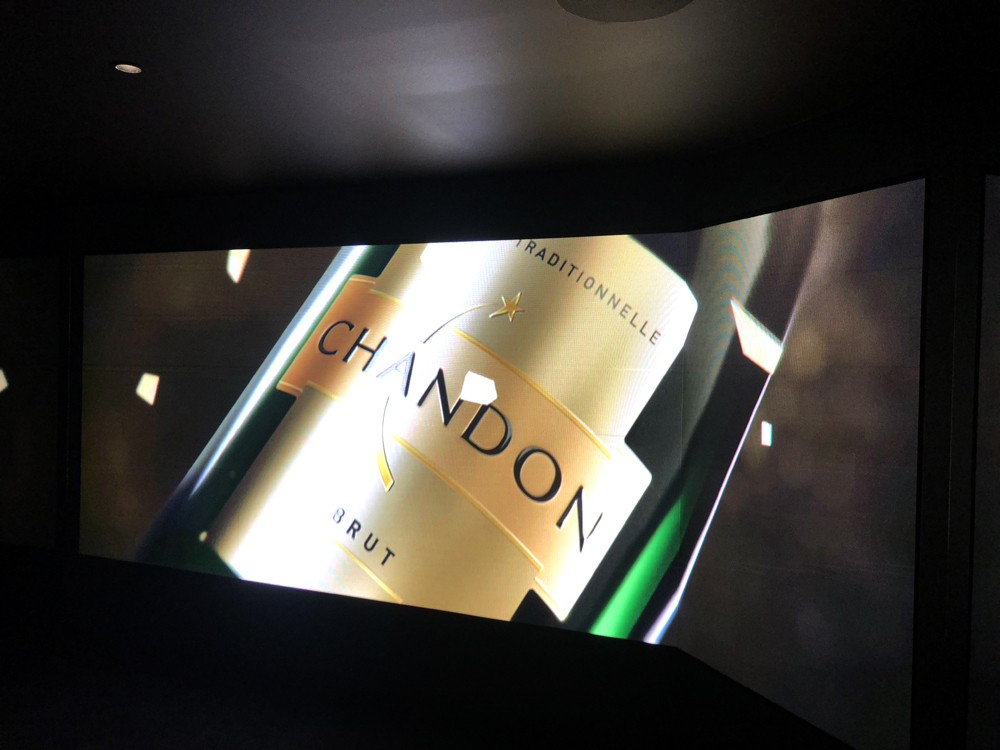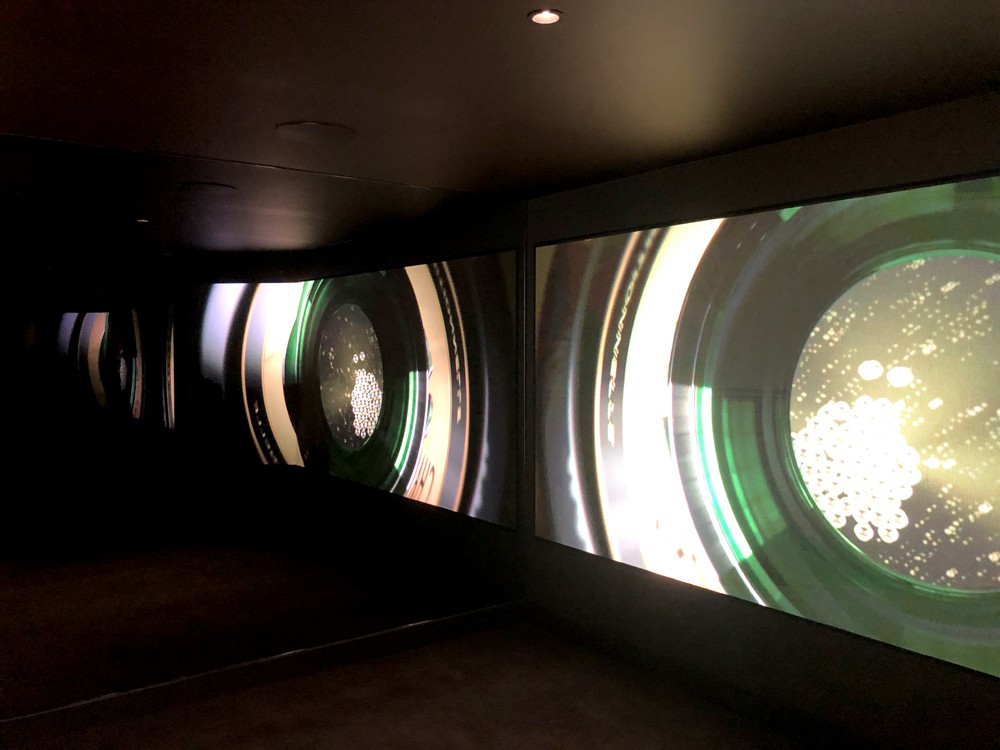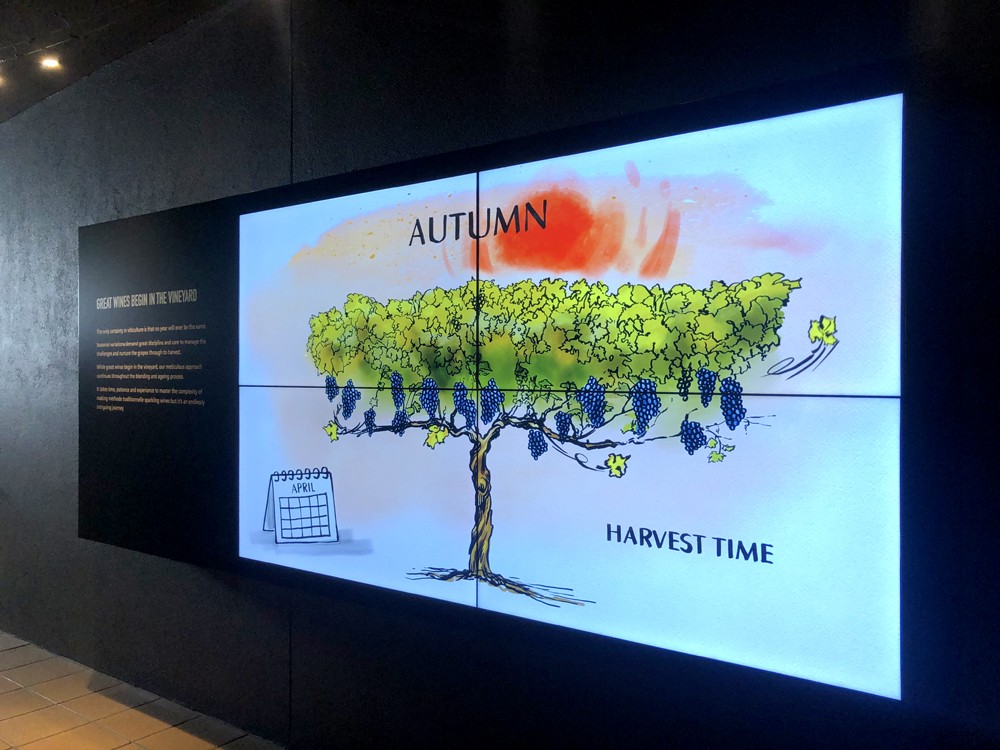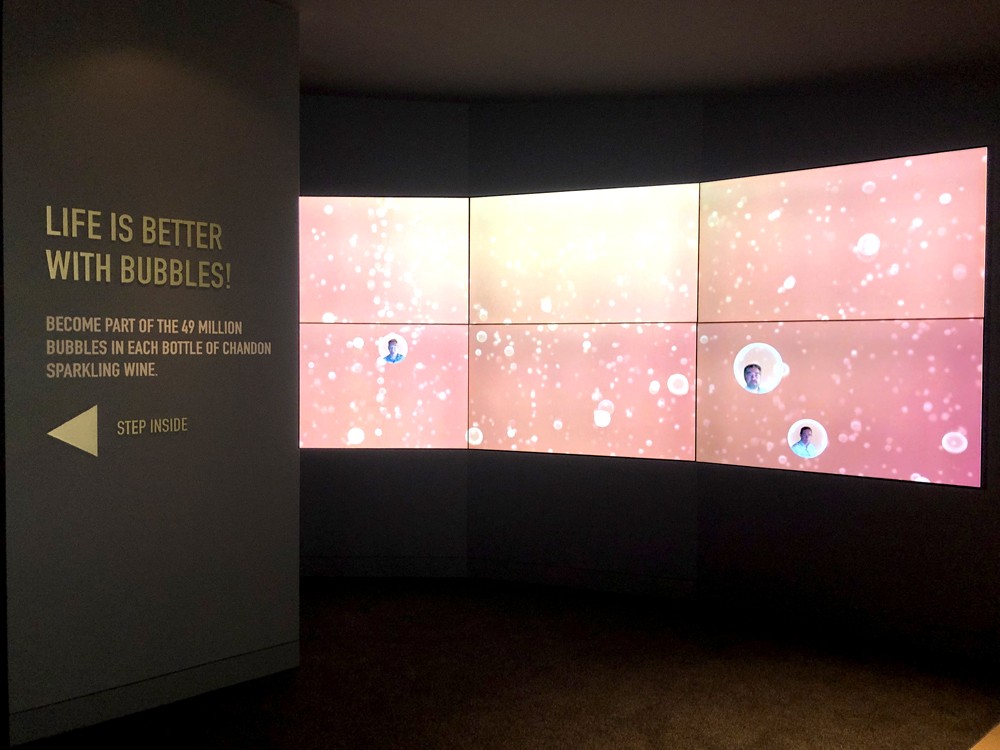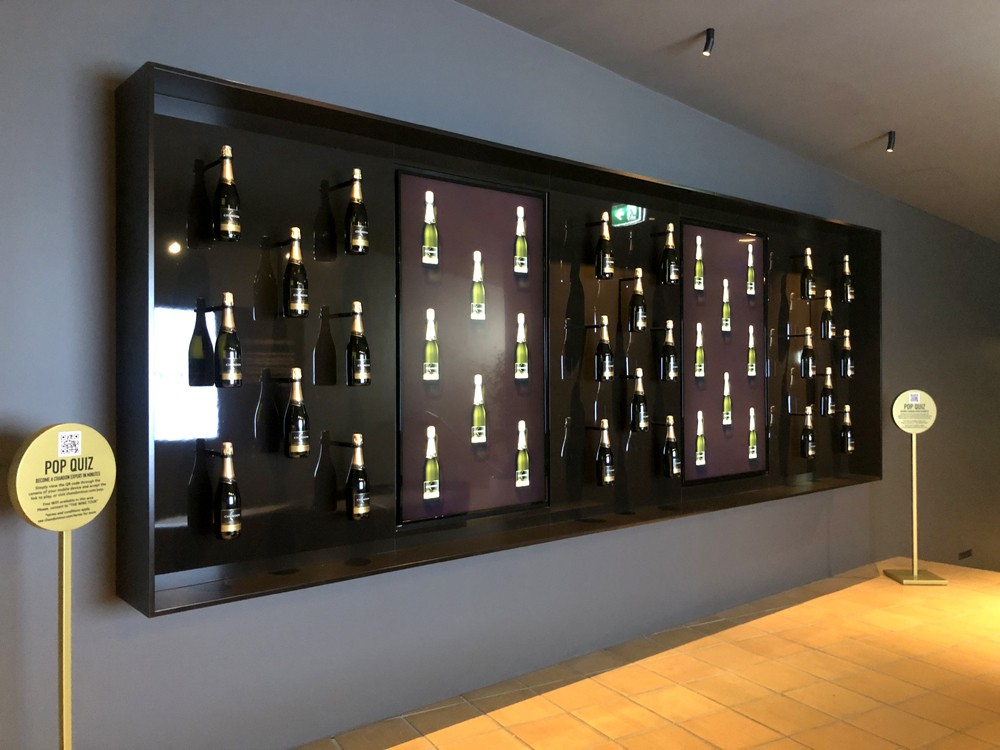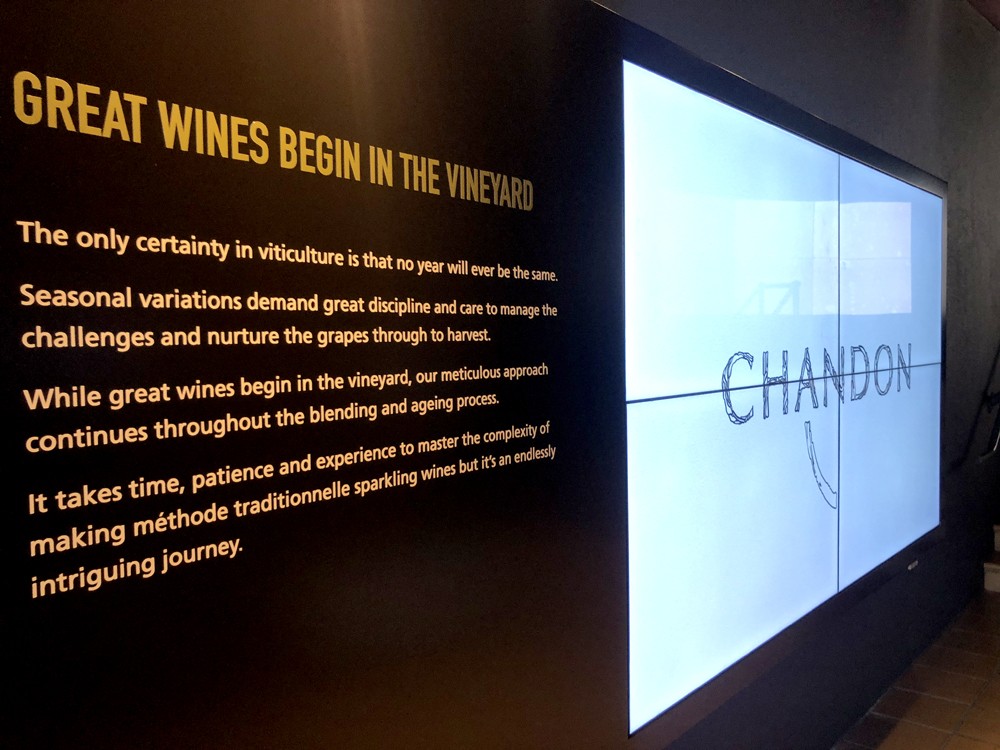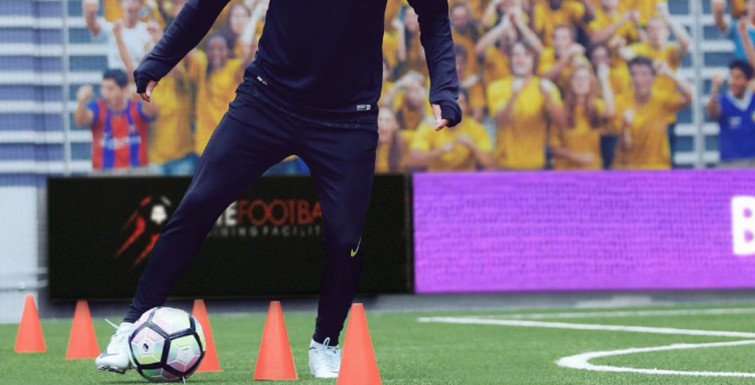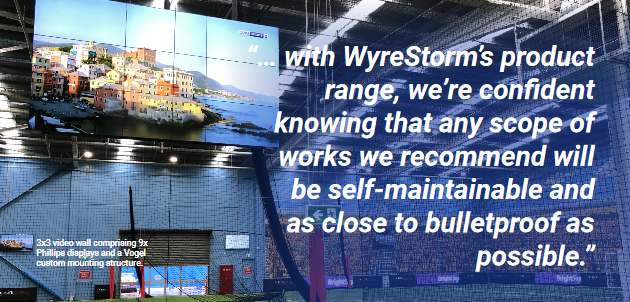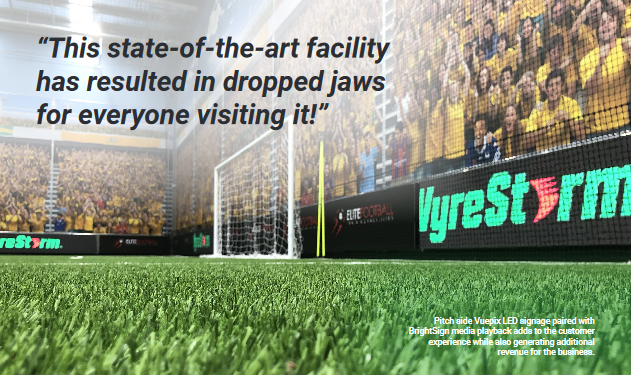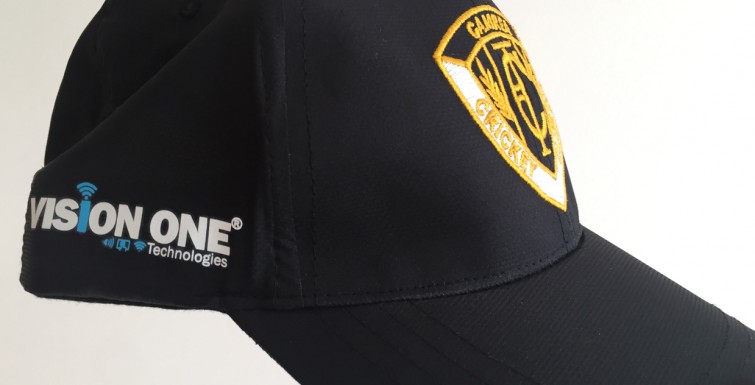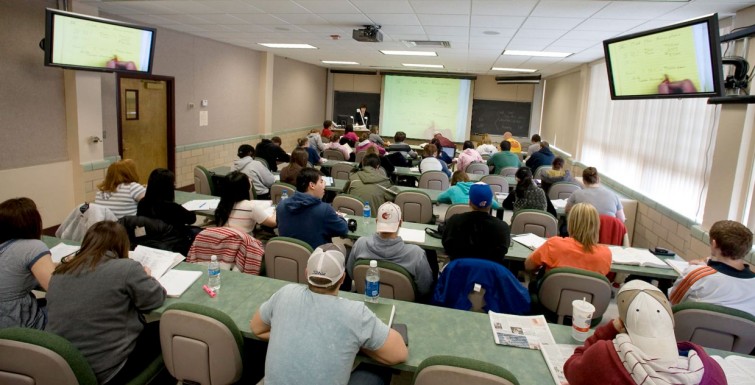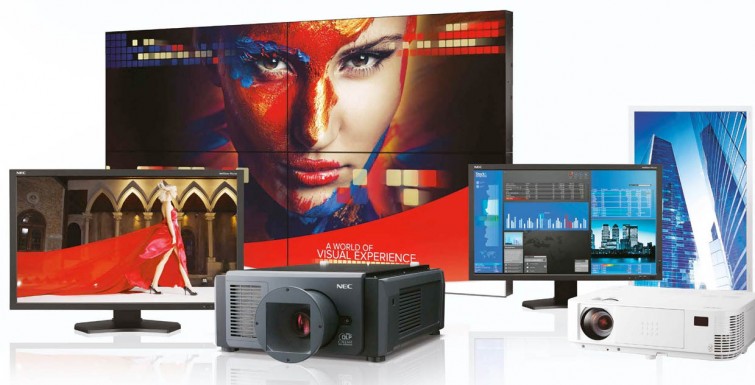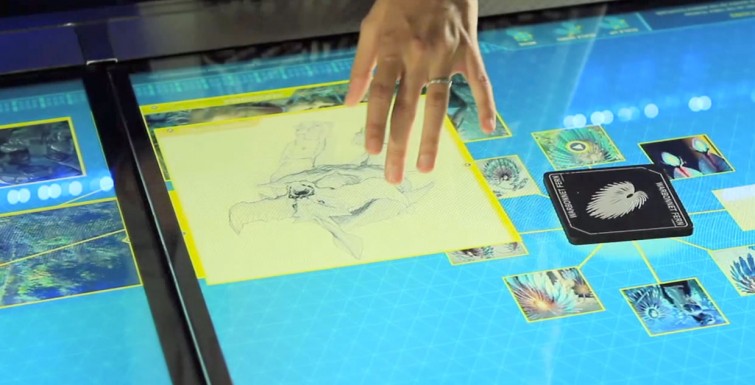Okay. That’s clearly an exaggeration.* We don’t exactly know how many installations we’ve performed over the course of our 25-year history. What we do know, though, is that we have a pretty awesome portfolio that we couldn’t be more proud of.
Today, we’ll open the doors again, and share with you some of our favourite, most innovative techology deployments in our history.
ESTA
In 2018-19, ESTA implemented its Integrated Strategic Plan 2023 (ISP2023), a five-year road map to align its core services with the expectations of its partner agencies and the community. One of the core directives involved strengthening service resilience and surge management by moving to an “all services at multiple sites model.” Primarily, this involved a move of core facilities to a new site at Williams Landing.
As part of this move, ESTA – with the guidance of Lucid Consulting Australia – contracted the design and integration team at Vision One to develop and deploy audio visual turnkey solutions to support the needs of the new facility.
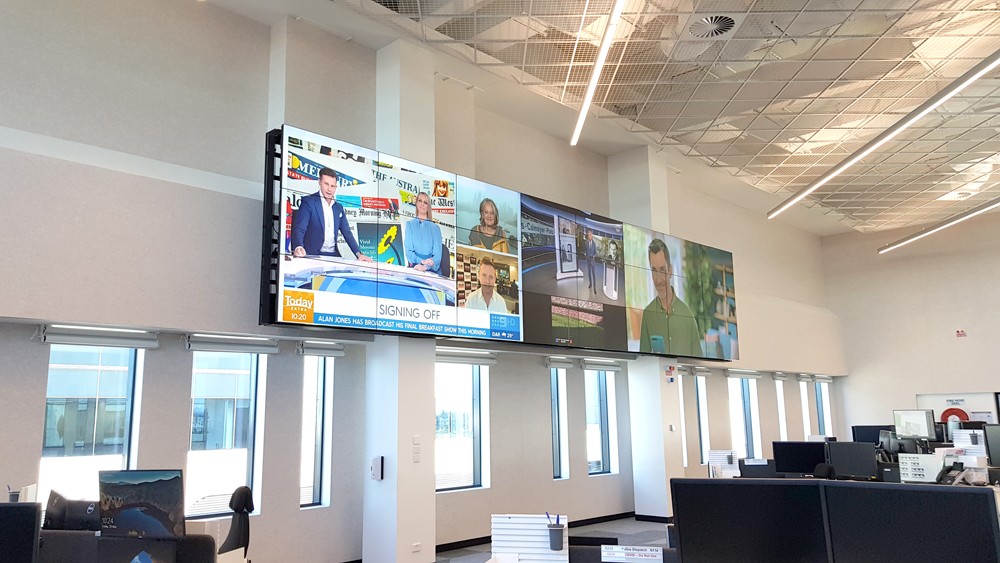
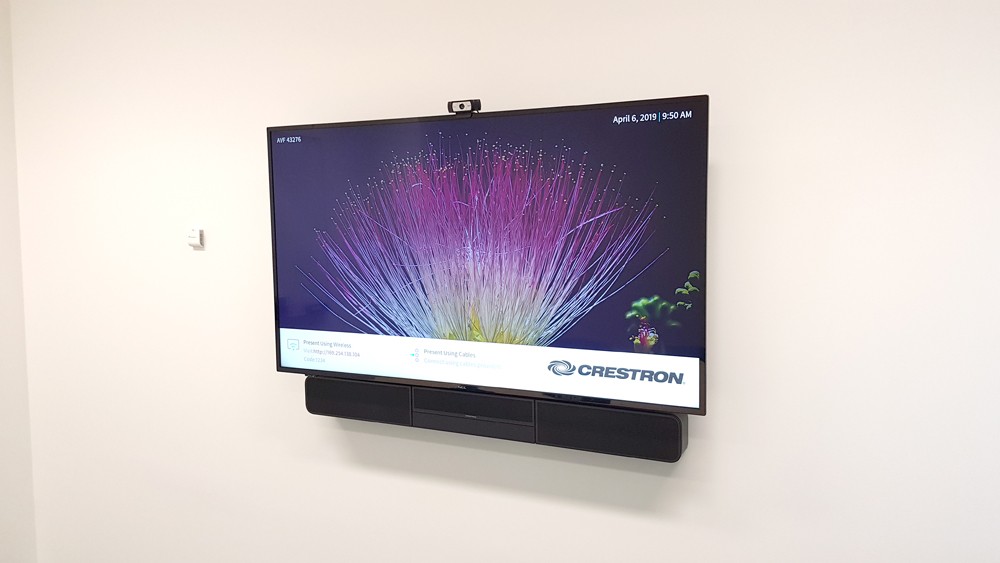
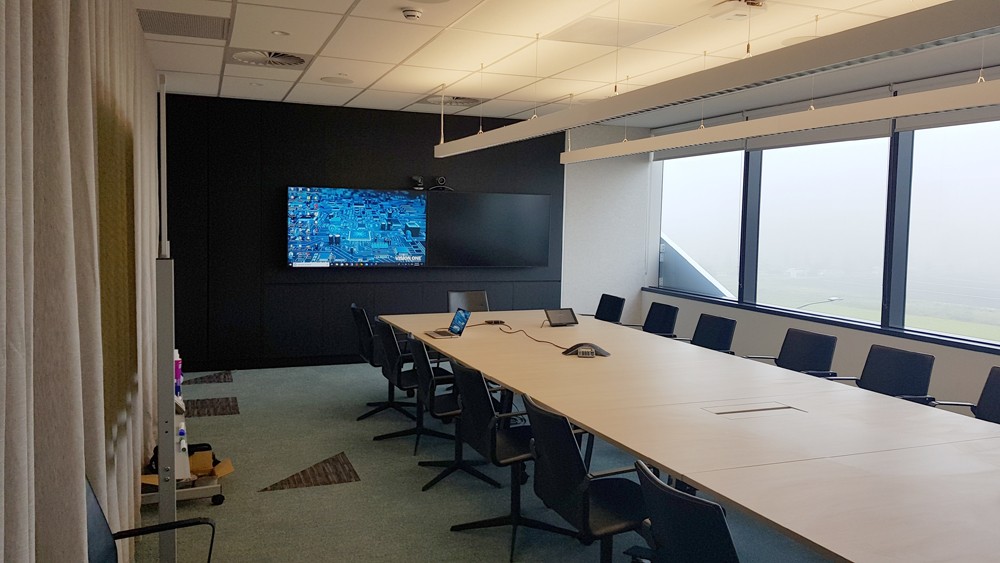
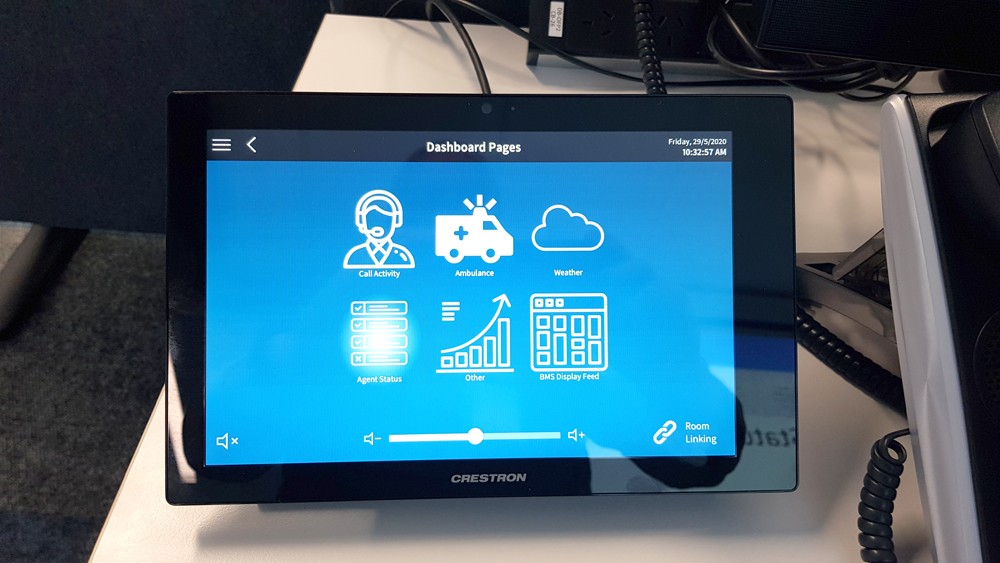
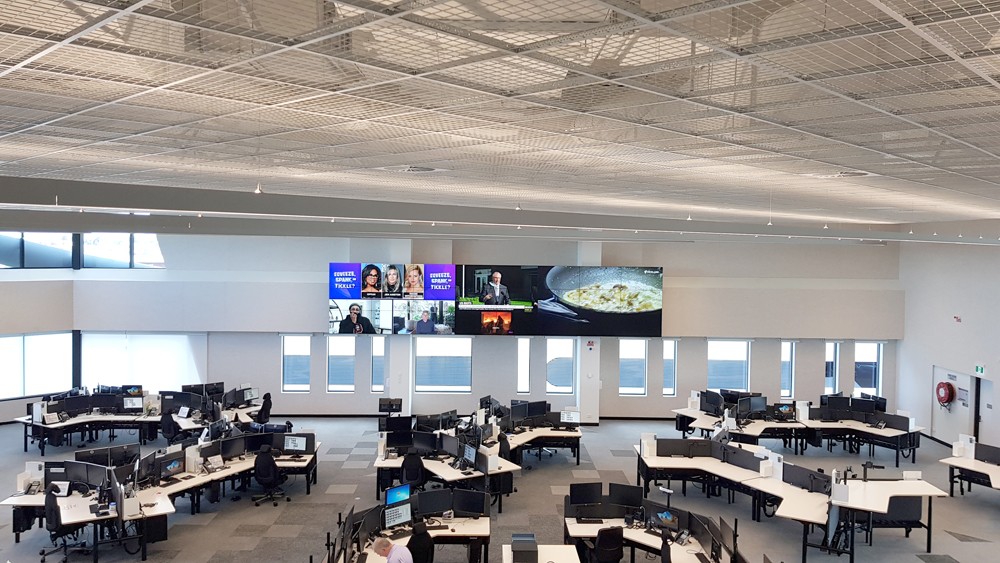
Elite Football
Elite Football in Maribyrnong is Melbourne’s ultimate indoor soccer experience. The team at Vision One Technologies – with no shortage of their own indoor football fanatics – collaborated with the team at Elite to create a stunning audio visual showpiece for their new facility.
Stealing the show and hanging 6 metres above the artificial turf below, 9x Phillips Video Wall Display Panels were hung on a Vogel’s custom mounting structure. The video wall primarily transmits content from Foxtel’s beIN Sports and Optus’ Fetch box.
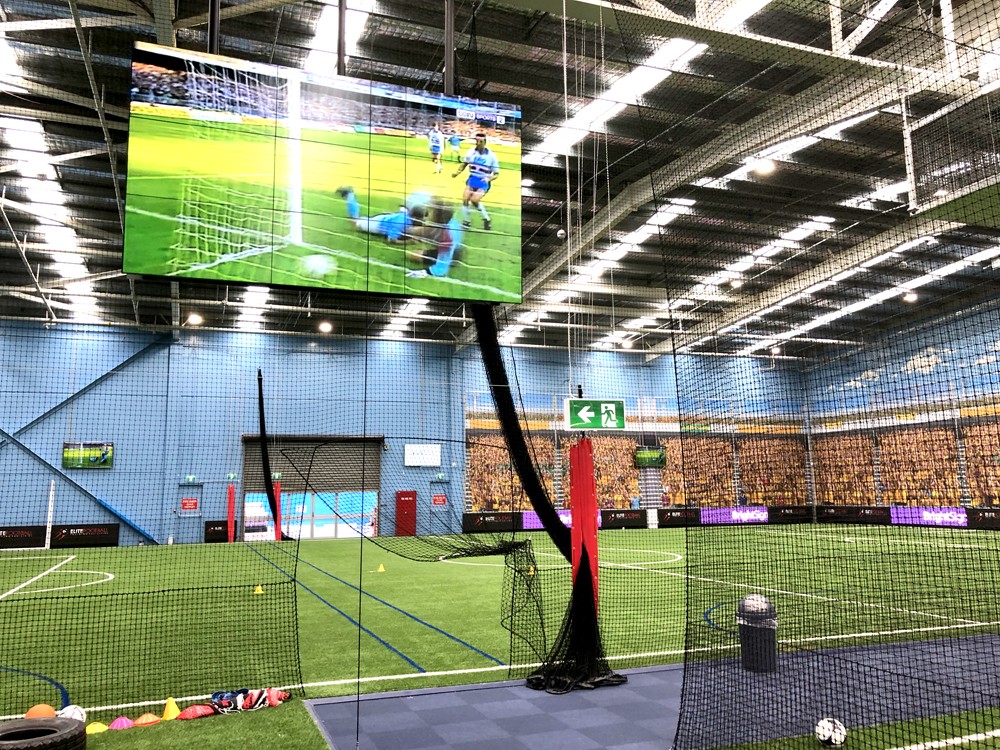
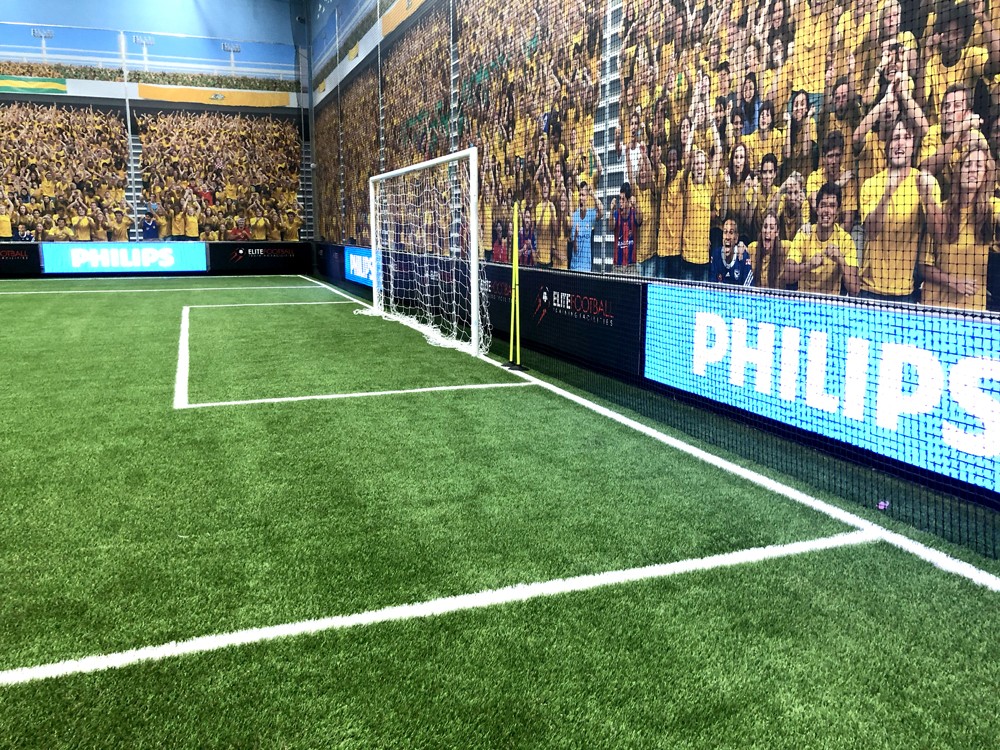
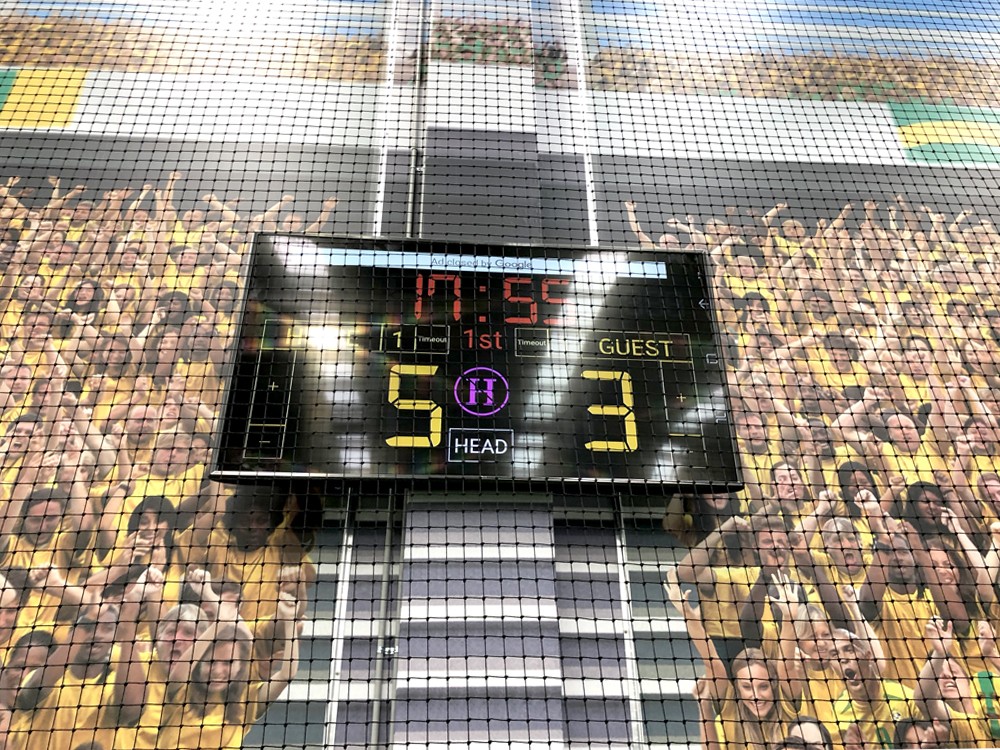
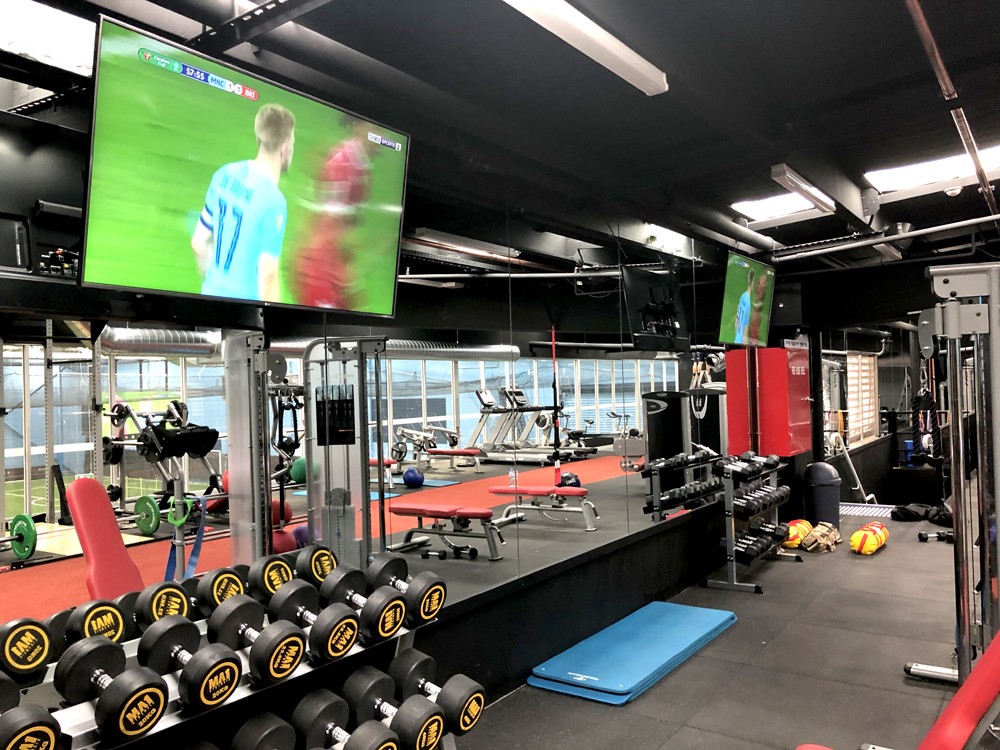
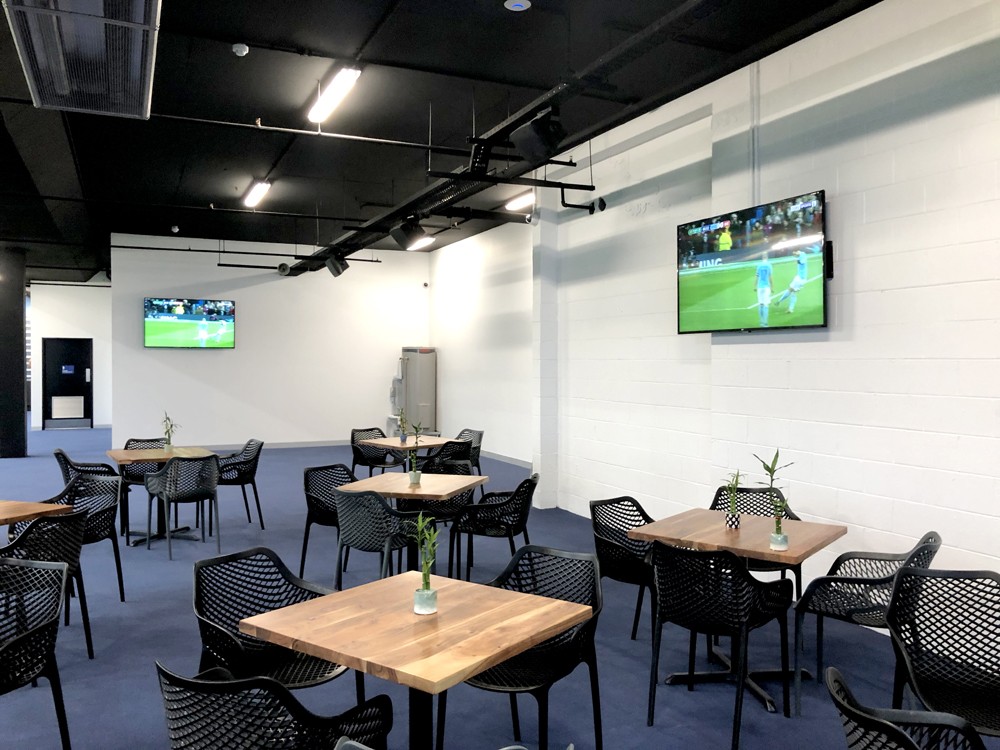
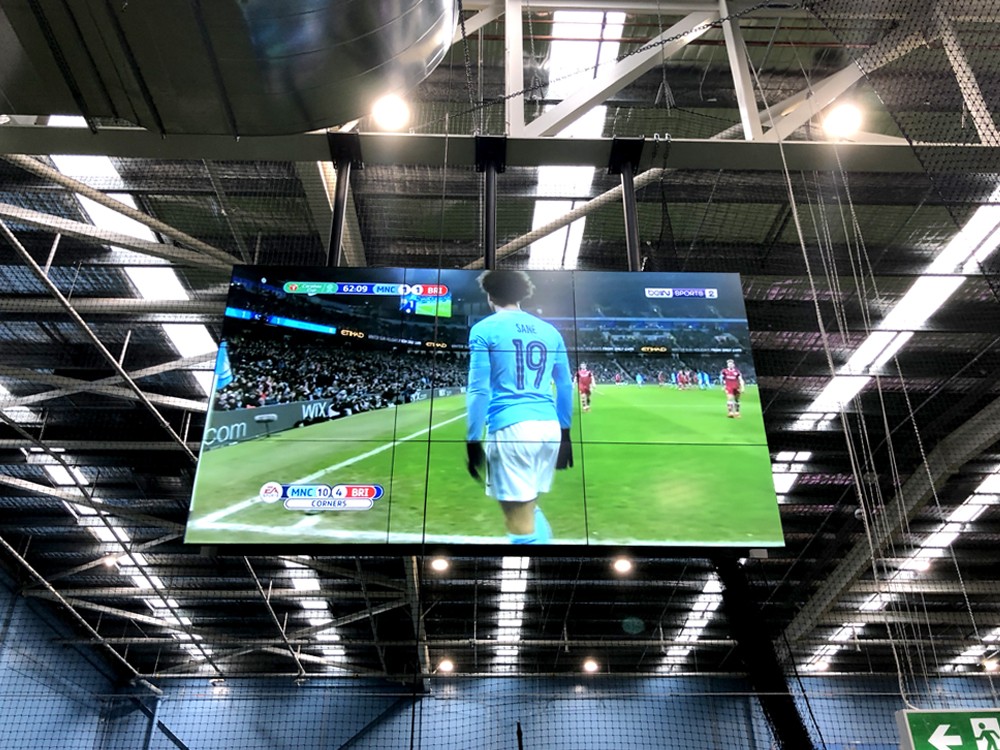
Carey Baptist Grammar School
In 2017, Vision One were proud to have worked with Carey Baptist Grammar School in the design, development and deployment of their Centre for Learning & Innovation building.
The showpiece of Carey Grammar School’s Centre for Learning & Innovation (CLI) building is the Imaginarium Alpha room. Originally designed to provide students and staff with a space where they could interact with new and exciting innovative technology, the Imaginarium allows for the space to be used in many varying applications, limited only by the users ‘imagination’.
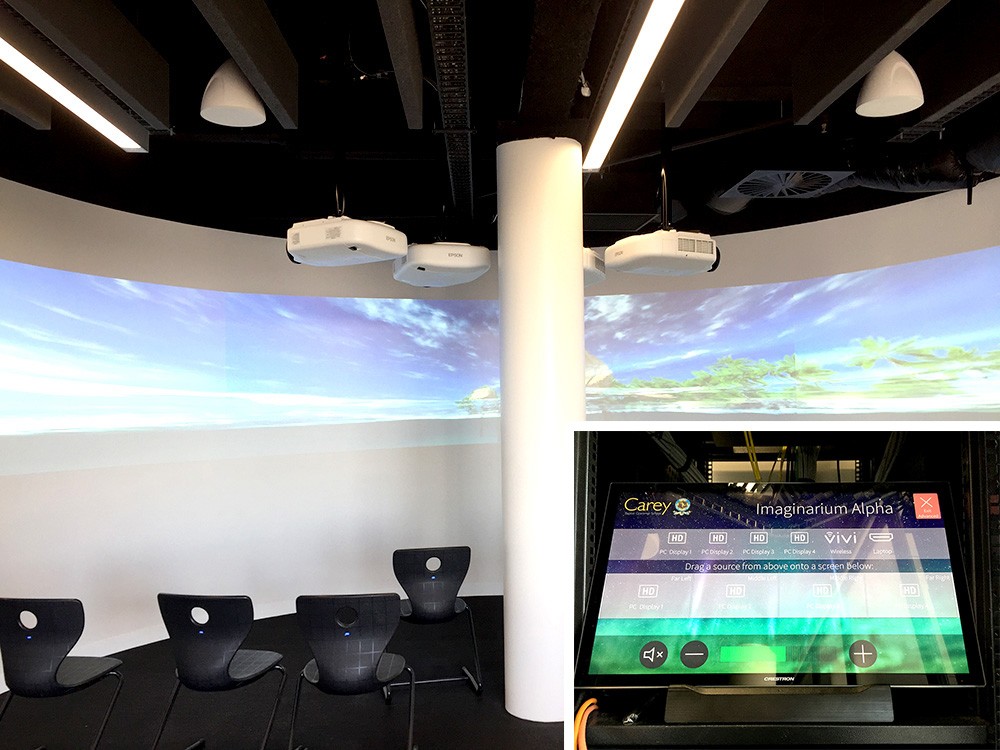
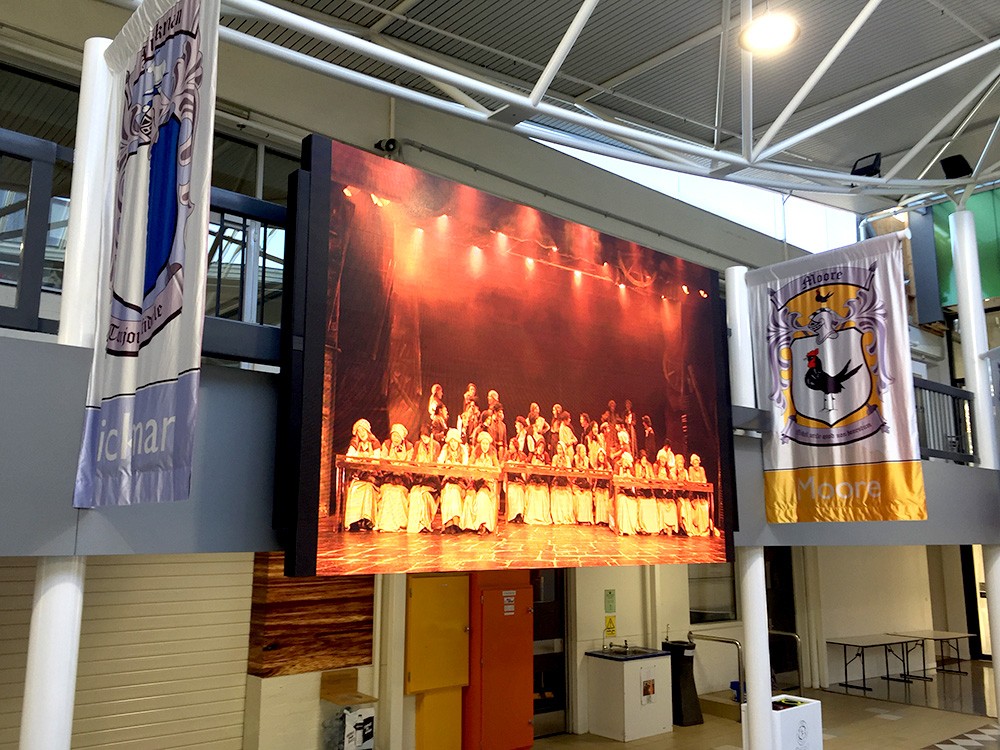
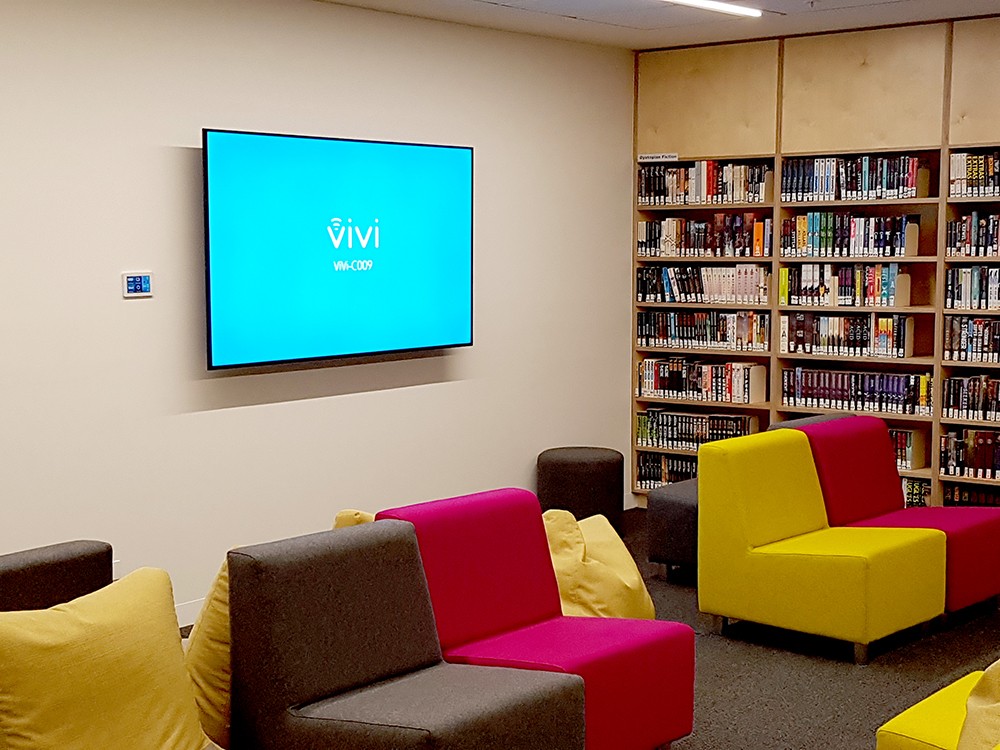
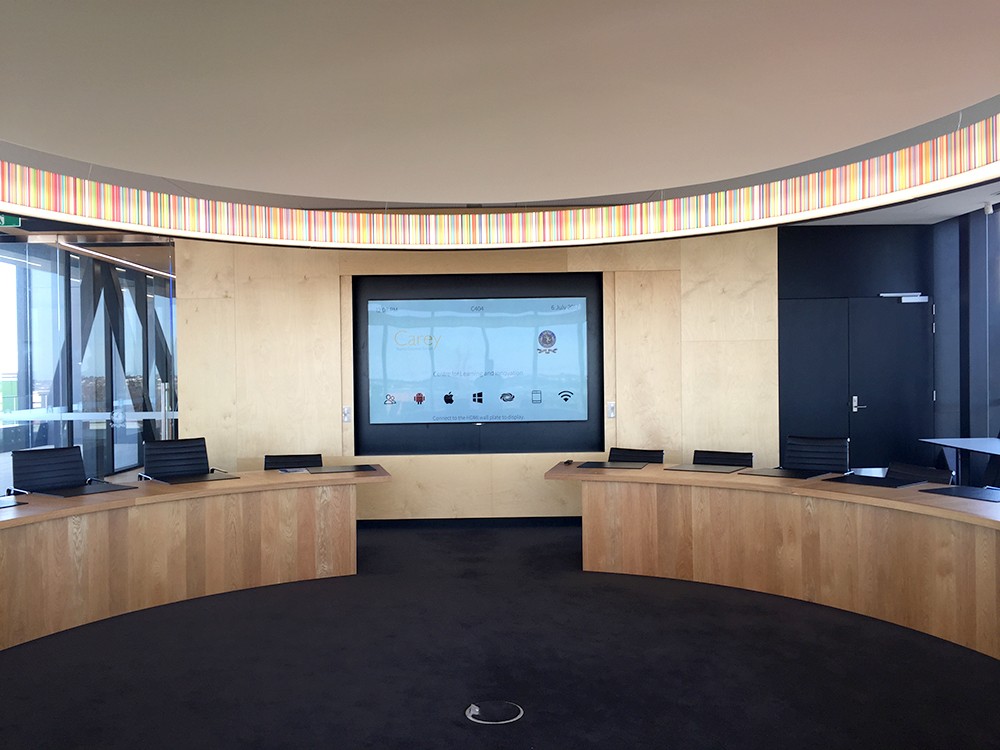
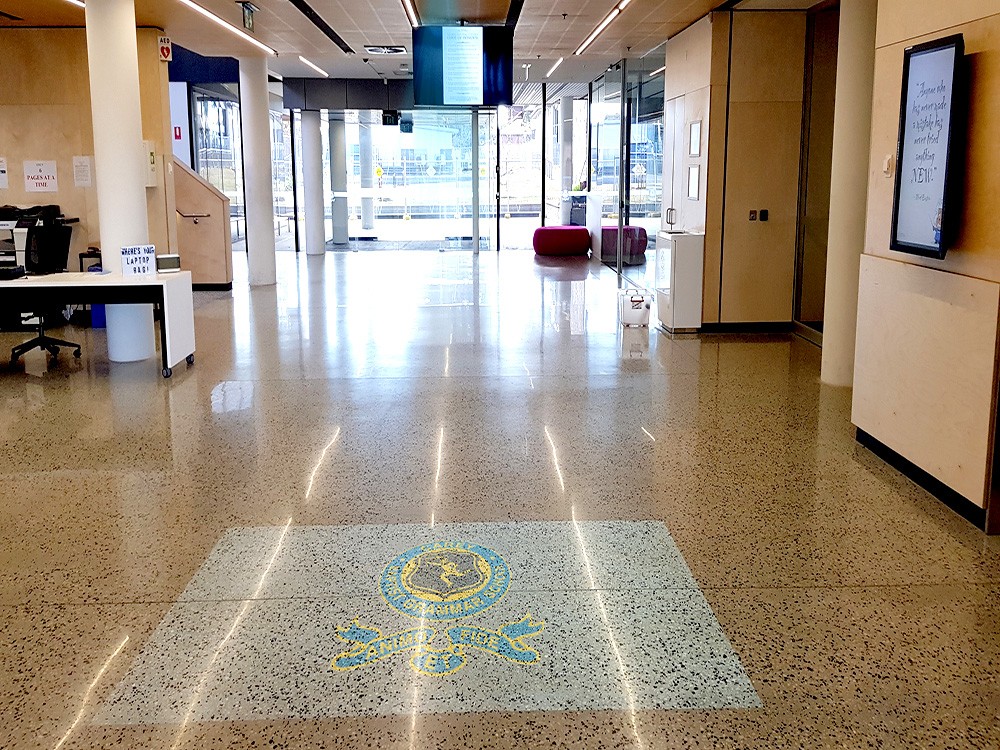
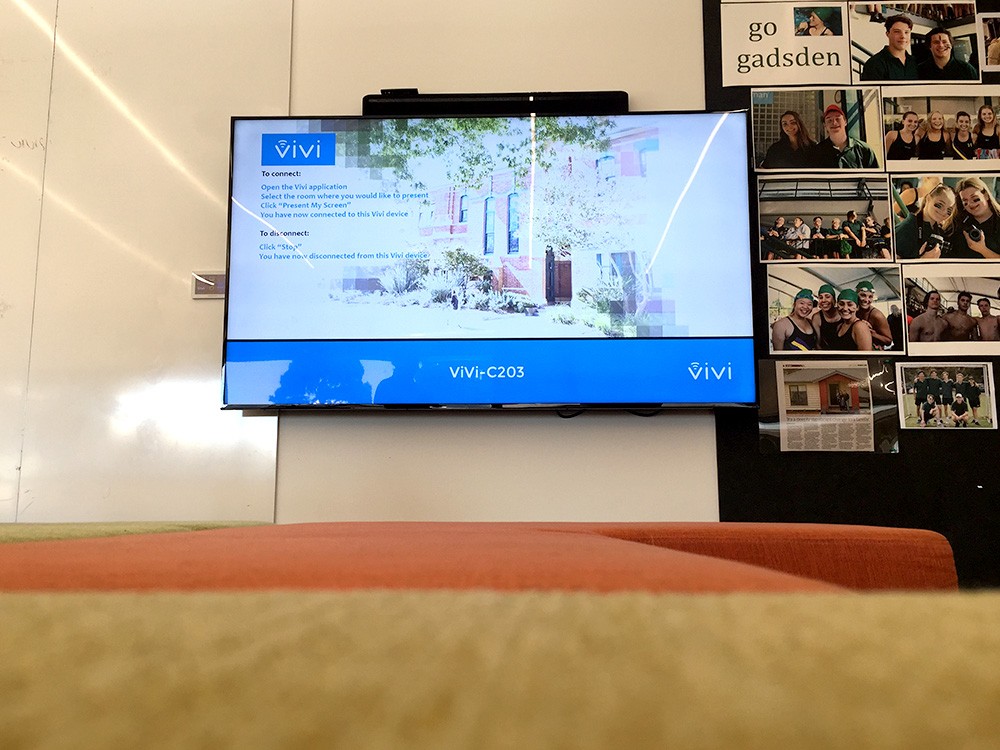
Domaine Chandon
In 2019, Vision One collaborated alongside the team at Alaud, a creative studio and production company that specialises in visionary work for global, innovative brands to create a visual marvel for Domaine Chandon‘s refurbished winery tour exhibit.
Located in the prestigious Yarra Valley, such a luxurious setting could only be accompanied by the most esteemed line of audio visual technology, with rooms bearing innovative wonders like the 4m x 1.5m VuePix QE2 LED Video Wall Display, Philips 2×2 49″ video walls and Philips 65” 65BDL3000Q Signage Panels.
